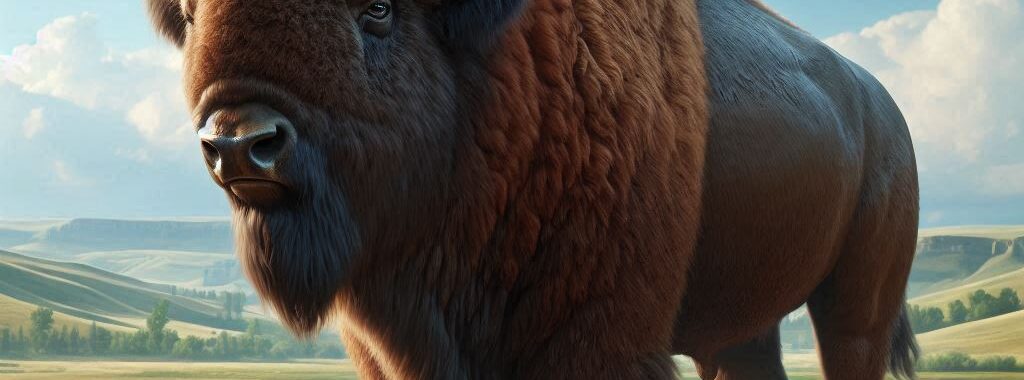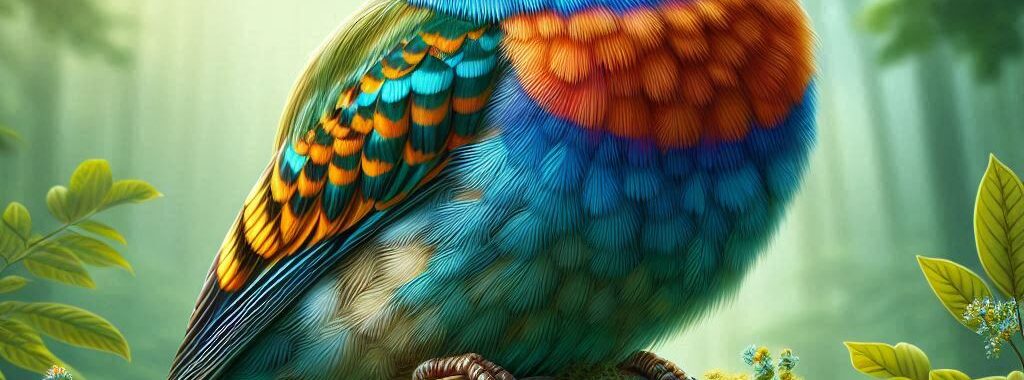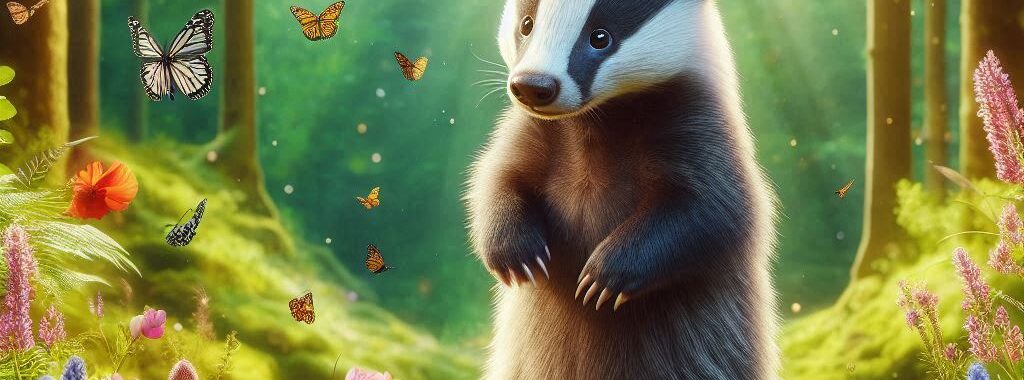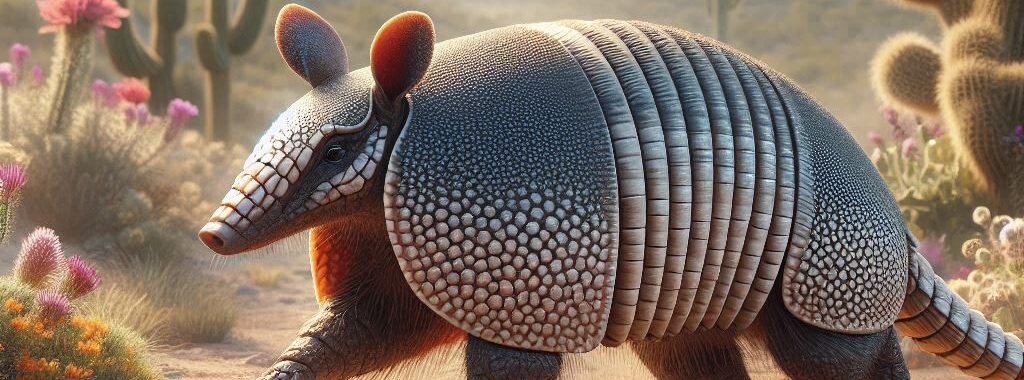Bison: A Comprehensive Overview Scientific Name: Bison bison (American bison), Bison bonasus (European bison) Type: Mammal Family: Bovidae Conservation Status: Near Threatened (American bison), Vulnerable (European bison) Introduction Bison are large, powerful herbivorous mammals that once roamed the North American continent in massive herds. The American bison (Bison bison) is a symbol of the American […]
Continue ReadingCategory Archives: Animals
Bird
Bird: A Comprehensive Overview Scientific Name: Aves Type: Vertebrate Family: Aves (over 9,000 species) Conservation Status: Varies by species (Some species are endangered, such as the California condor and Kakapo) Introduction Birds are warm-blooded vertebrates that are known for their ability to fly, though some species are flightless. They belong to the class Aves and […]
Continue ReadingBee
Bee: A Comprehensive Overview Scientific Name: Apis (Genus) Type: Insect Family: Apidae Common Species: European honeybee (Apis mellifera), Bumblebee (Bombus spp.), Carpenter bee (Xylocopa spp.), Leafcutter bee (Megachile spp.) Conservation Status: Varies by species (Some are threatened due to habitat loss, pesticide use, and diseases) Introduction Bees are essential pollinators in many ecosystems and are […]
Continue ReadingBeaver
Beaver: A Comprehensive Overview Scientific Name: Castor canadensis (North American Beaver), Castor fiber (European Beaver) Type: Mammal Family: Castoridae Conservation Status: Least Concern (for most populations) Introduction Beavers are large, semi-aquatic rodents that play a critical role in shaping ecosystems through their remarkable building skills. They are known for constructing elaborate dams, lodges, and canals […]
Continue ReadingBear
Bear: A Comprehensive Overview Scientific Name: Ursidae (family) Type: Mammal Family: Ursidae Common Species: Brown bear (Ursus arctos), American black bear (Ursus americanus), Polar bear (Ursus maritimus), Asiatic black bear (Ursus thibetanus), Andean bear (Tremarctos ornatus), Giant panda (Ailuropoda melanoleuca) Conservation Status: Varies by species (from Least Concern to Vulnerable) Introduction Bears are large, powerful […]
Continue ReadingBat
Bat: A Comprehensive Overview Scientific Name: Chiroptera Type: Mammal Order: Chiroptera Common Species: Little brown bat (Myotis lucifugus), Big brown bat (Eptesicus fuscus), Vampire bat (Desmodus rotundus), Fruit bat (Pteropus) Conservation Status: Varies by species (some endangered or threatened, others stable) Introduction Bats are the only mammals capable of sustained flight and represent an incredibly […]
Continue ReadingBadger
Badger: A Comprehensive Overview Scientific Name: Meles meles (European badger) and various other species Type: Mammal Family: Mustelidae Common Species: European badger (Meles meles), American badger (Taxidea taxus), Honey badger (Mellivora capensis) Conservation Status: Varies by species (Least Concern to Vulnerable) Introduction Badgers are small to medium-sized mammals that belong to the Mustelidae family, which […]
Continue ReadingBaboon
Baboon: A Comprehensive Overview Scientific Name: Papio (genus) Type: Mammal Family: Cercopithecidae (Old World monkeys) Common Species: Olive baboon (Papio anubis), Yellow baboon (Papio cynocephalus), Chacma baboon (Papio ursinus), Guinea baboon (Papio papio) Conservation Status: Least Concern (for most species) Introduction Baboons are large, social primates that belong to the genus Papio within the family […]
Continue ReadingArmadillo
Armadillo: A Comprehensive Overview Scientific Name: Dasypodidae (family) Type: Mammal Common Species: Nine-banded armadillo (Dasypus novemcinctus) Conservation Status: Varies by species (ranges from Least Concern to Vulnerable) Introduction Armadillos are small to medium-sized mammals known for their unique, protective armor made of hard, bony plates. They belong to the family Dasypodidae and are primarily found […]
Continue ReadingApe
Ape: A Comprehensive Overview Scientific Name: Family: Hominidae (Great Apes) and Hylobatidae (Lesser Apes) Genus Examples: Pan (chimpanzees and bonobos), Gorilla (gorillas), Pongo (orangutans), Hylobates (gibbons) Type: Mammal Conservation Status: Varies by species (ranges from Least Concern to Critically Endangered) Introduction Apes are a group of primates known for their intelligence, social behaviors, and close […]
Continue Reading









